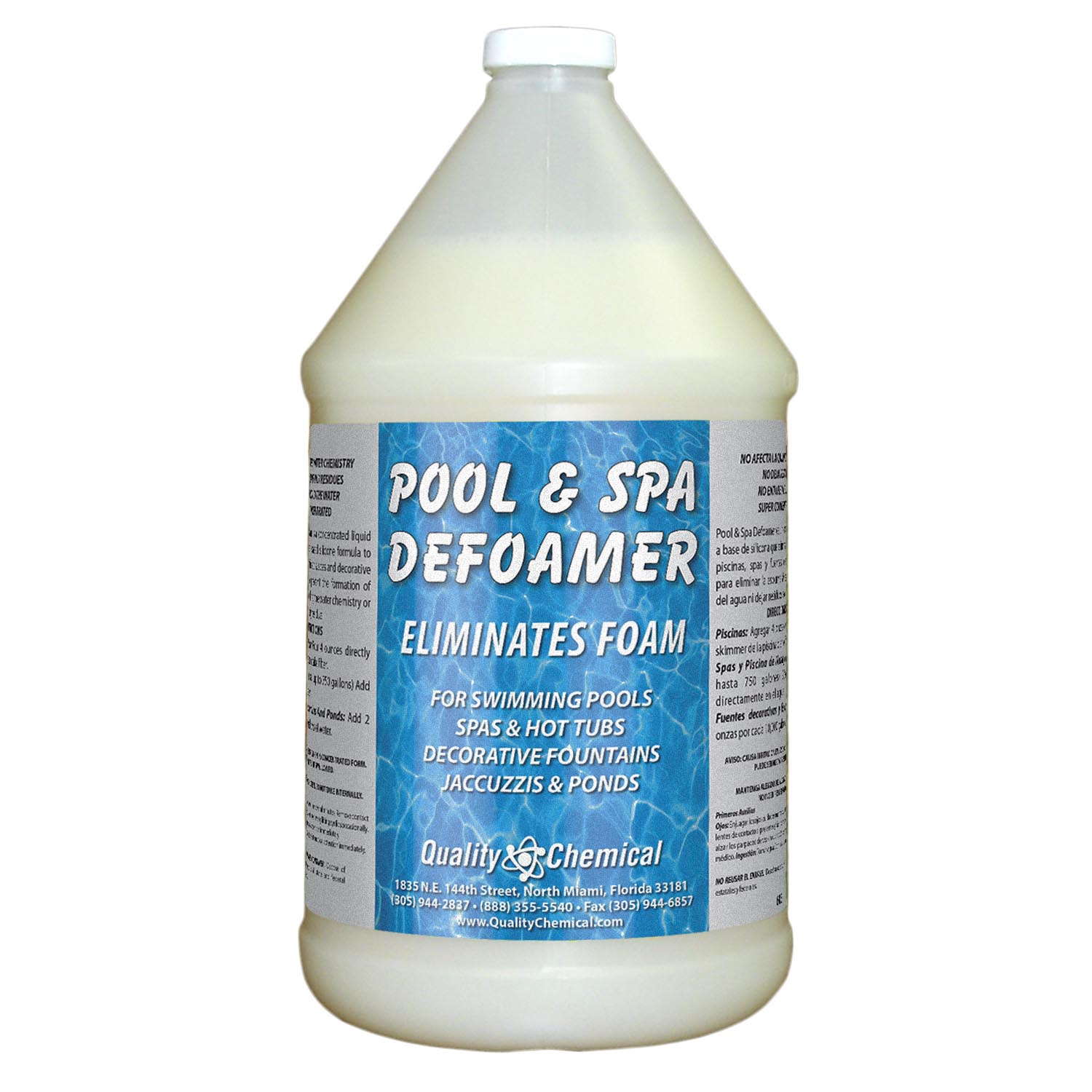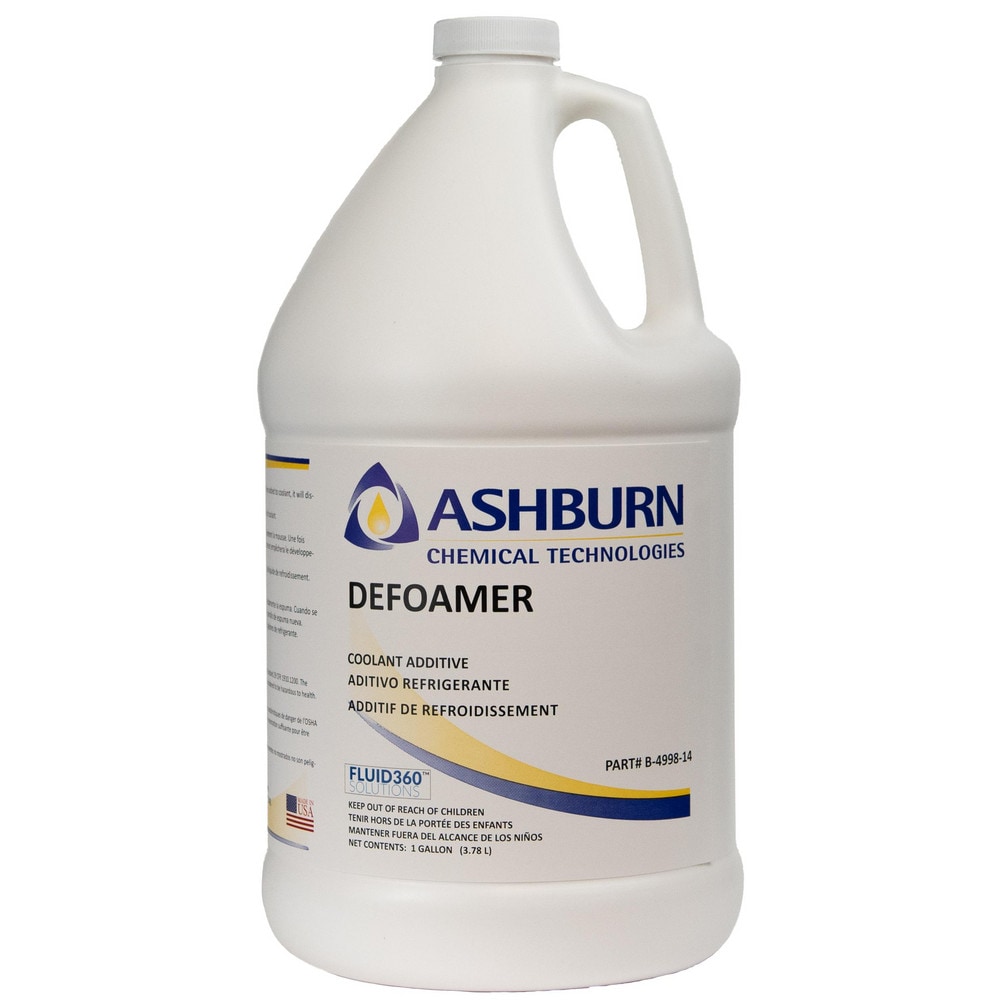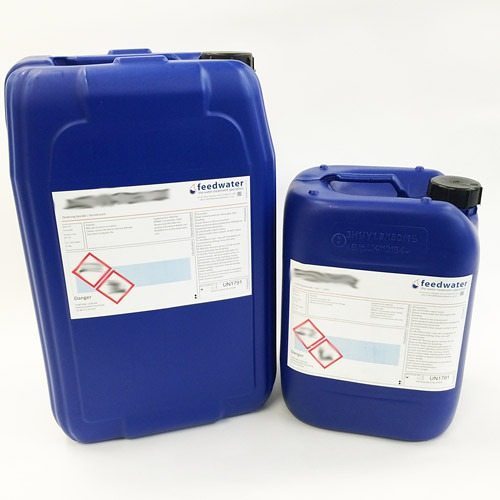The Newest Developments in Chemical Defoamer Science for Better Performance
The Newest Developments in Chemical Defoamer Science for Better Performance
Blog Article
Comprehending Just How a Chemical Defoamer Functions to Improve Industrial Processes
Chemical defoamers play an essential duty in optimizing industrial processes by successfully minimizing foam-related challenges. Their ability to lower surface area stress and interfere with bubble development translates into smoother operations and improved effectiveness. Nevertheless, the devices behind their activity and the selection of available formulations require a closer evaluation. Chemical Defoamer. Recognizing these aspects might disclose considerable understandings into not only enhancing production however also achieving cost savings across multiple sectors. What continues to be to be discovered is just how these defoamers can be customized to satisfy certain operational demands.
What Is a Chemical Defoamer?
A chemical defoamer is a compound specifically developed to remove the formation or decrease of foam in numerous commercial processes. Foaming can disrupt manufacturing efficiency, affecting the top quality and performance of products in industries such as food and drink, drugs, and wastewater therapy. Defoamers are crucial in these applications, as too much foam can cause operational obstacles, such as overflow, minimized mixing performance, and impeded heat transfer.
The option of a suitable defoamer is crucial, as different formulas might be tailored for certain procedures or types of foam. Aspects such as compatibility with other components, temperature level stability, and the designated application play a substantial role in the efficiency of a defoamer.
Systems of Defoaming Activity
The mechanisms of defoaming activity entail complex interactions between the defoamer and the foam structure. At the core of this procedure is the decrease of surface stress at the interface of the fluid and gas phases. When a defoamer is introduced to a foaming system, it migrates quickly to the surface area of the foam bubbles, displacing the maintaining agents that add to foam stability. This displacement compromises the foam framework, bring about bubble coalescence.
As smaller bubbles merge into larger ones, the general stability of the foam reduces. Additionally, particular defoamers may include hydrophobic elements that improve their capability to destabilize the foam by creating a barrier that inhibits bubble formation. This dual action-- surface stress reduction and destabilization-- enables for an extra reliable failure of foam.

Additionally, the viscosity and spreading characteristics of the defoamer play crucial roles in its performance. A well-formulated defoamer will certainly make sure rapid migration and optimum efficiency, reducing foam formation throughout commercial processes. By understanding these devices, markets can better select and use chemical defoamers to enhance operational performance and item quality.
Sorts Of Chemical Defoamers
Chemical defoamers can be classified into several kinds, each tailored to specific applications and foam obstacles. The main categories consist of silicone-based, non-silicone-based, and powder defoamers.
Silicone-based defoamers are extremely effective as a result of their capability to spread out quickly across fluid surfaces. They give exceptional foam suppression and security, making them appropriate for numerous industrial applications, consisting of finishes and adhesives. Non-silicone-based defoamers, on the various other hand, typically rely upon natural compounds like fats or esters. These are particularly preferred in food and beverage markets due to their reduced toxicity and governing compliance.
Powder defoamers include solid bits that can be included in dry procedures or formulations. They are usually used in procedures where fluid defoamers might not be reliable, offering an unique option for details applications, such as in the production of specific kinds of powders or plastics.
Additionally, each sort of defoamer can be personalized with numerous additives to improve performance, such as surfactants or emulsifiers, allowing for adaptability in resolving different lathering situations throughout multiple industries.
Applications in Industrial Processes

In the food and beverage industry, defoamers are critical throughout the production of juices, beers, and milk products, where too much foam can hinder blending and purification processes. By decreasing foam formation, defoamers help keep constant item high quality and optimize handling times.
In pharmaceuticals, the visibility of foam during the blending and formulation of medications can affect dose accuracy and item stability. Defoamers make sure smooth operations, consequently helping with the production of high-grade pharmaceuticals.
Wastewater therapy facilities likewise rely upon defoamers to manage frothing in aeration containers, which can otherwise minimize treatment effectiveness and make complex sludge handling. By efficiently taking care of foam, these chemicals enhance the general efficiency of treatment processes and add to regulatory compliance.

Advantages of Using Defoamers
While foam can present significant challenges across different markets, using defoamers provides numerous benefits that boost functional effectiveness and product integrity. Defoamers properly get rid of or decrease foam formation, bring about smoother manufacturing processes and improved item high quality. This reduction in foam minimizes disturbances during manufacturing, permitting constant operation and increased throughput.
In addition, the application of defoamers can cause cost financial savings by reducing the need for excess raw products and power consumption linked with foam administration. By optimizing the manufacturing process, manufacturers can accomplish higher returns and lower waste, inevitably enhancing profitability.
Furthermore, defoamers contribute to far better equipment efficiency. This Site Foam accumulation click this site can bring about blocking, overflow, and equipment wear, leading to costly downtime and upkeep. By preventing these concerns, defoamers extend the life-span of machinery and minimize operational expenses.
Conclusion

A chemical defoamer is a material particularly formulated to remove the formation or reduce of pop over here foam in numerous industrial processes. When a defoamer is presented to a foaming system, it moves quickly to the surface of the foam bubbles, displacing the maintaining agents that add to foam stability. A well-formulated defoamer will certainly make sure rapid movement and optimal efficiency, reducing foam development during commercial processes. Defoamers properly minimize or eliminate foam development, leading to smoother production procedures and improved product high quality.In verdict, chemical defoamers play a crucial duty in improving industrial procedures by successfully minimizing foam development.
Report this page